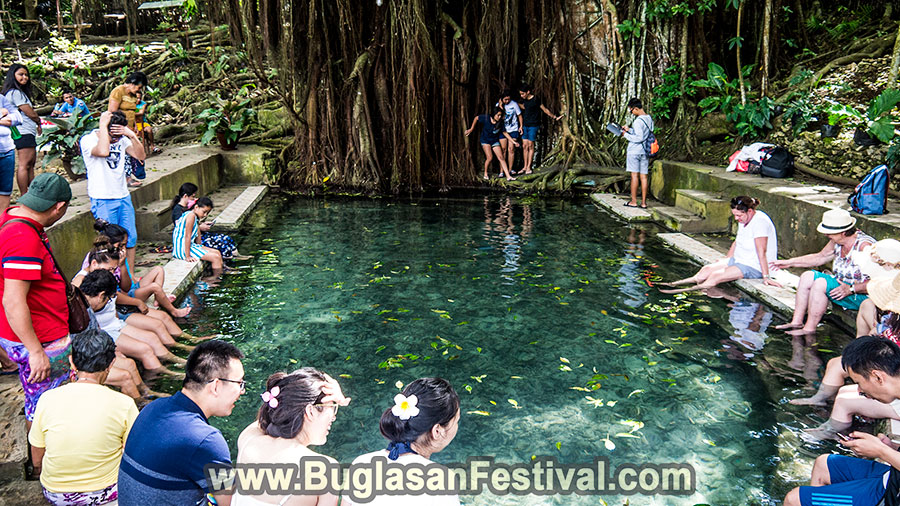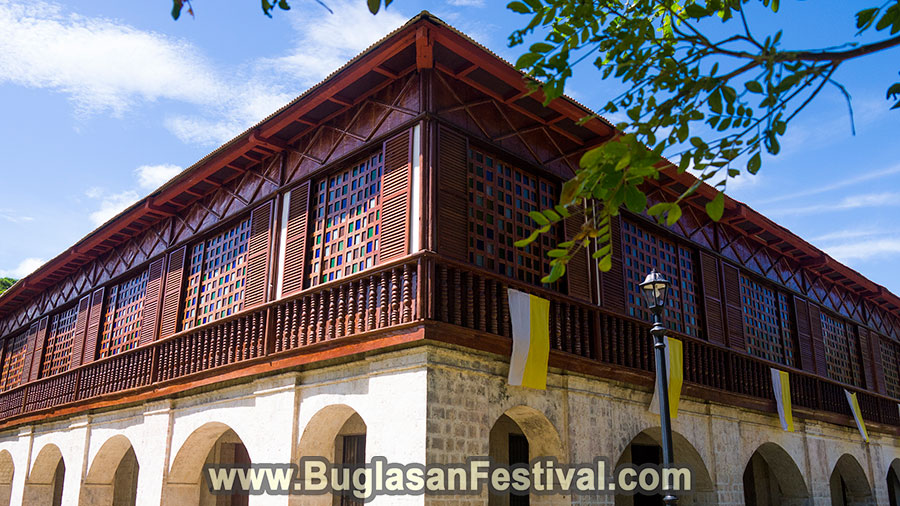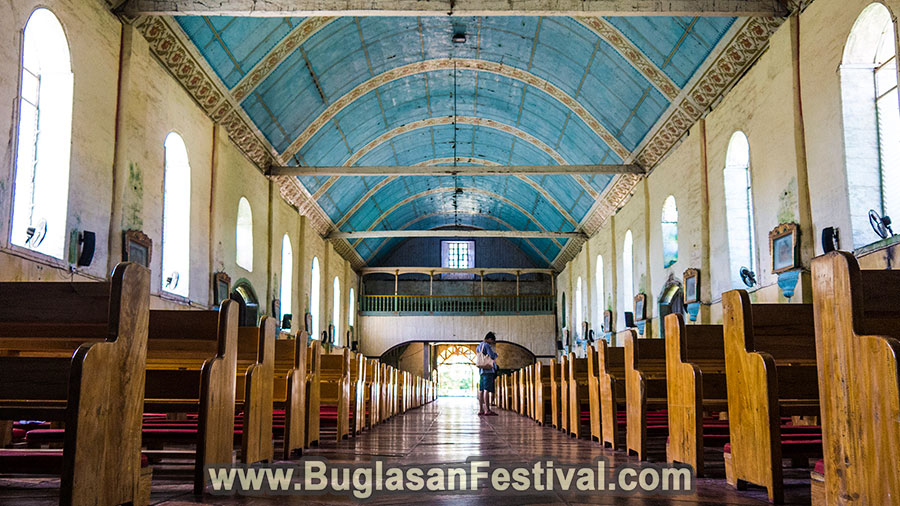Siquijor – Isla de Fuego
A provincial island, Siquijor is situated in the Philippines’ Central Visayas area. Its eponymous capital is a municipality. This is the 3rd smallest province in the archipelago, in terms of population as well as land area. Bohol, Negros, and Cebu are its neighboring provinces. People from far and wide come to this island to witness its underwater sanctuaries that have never been explored before, as well as its white sandy beaches. However, it is locally more popular for the practice of witchcraft and various other occult activities. This popular conception is possibly due to the healing festival that is organized here on every Black Saturday.
Siquijor History
This island was discovered in 1565 by the Spaniards, who named it the “Island of Fire” or “Isla del Fuego”. This was seeming because they saw the entire island emitting a creepy glow. When they checked more closely, they found that the source of this fiery luminescence was the many fireflies living on the island. As per legends, this island arose from the deep sea. Recent studies have also yielded huge shell casings beneath Siquijor’s land, which offers more support to the folklore about its origins.
Negros Oriental & Siquijor
Siquijor – the capital – was established under a clergy’s supervision, and developed as the first ever municipality to be founded on this island. Its parish was originally under the Cebu diocese jurisdiction. But Bohol still had its legal jurisdiction. Siquijor was an established area of the province of the Negros Oriental between 1854 and 1892 Period. In the 20th century, it turned into a sub-province.
At the end of the Spanish occupation, the island was taken over by an American governor for the following 16 years. After the Japanese occupation, the Jap soldiers occupied it as a detachment zone.
Independence of Siquijor
When the era of colonization in the Philippines ultimately ended, the island – by RA 6398 – turned into an independent province. Then, the original capital – Larena municipality – became a Siquijor municipality. But Larena stays as a top Siquijor municipality as it has one of the 3 seaports that witnesses commercial trading activities being performed in the island. This island is a secluded area, and locals depend a lot on stuff brought here from adjoining provinces like Cebu and Bohol, as well as other Northern Mindanao provinces.
Towns and Natives
The people living on this island are known as ‘Siquijodnon’. The island is referred to by plenty of names, but the best names are Lalawigan sa Siquijor, The Mystic Island, Island of Witches and Fuego (Island of Fire). It has 6 municipalities – Siquijor, San Juan, Maria, Lazi, Larena, and Enrique Villanueva. Every municipality has its unique history and beauty, which attract every visitor and guest.
Siquijor Language
The island’s dominant language is Cebuano. However, English is the second language here – as is the case with many other Philippine provinces. It is used for communicating with people who never speak Bisaya or Cebuano. Very rarely, Tagalog is spoken here by a handful of natives who are fluent in the language. The locals still understand a few Spanish words, as the land had been colonized and controlled by the Spaniards. It was jurisdiction in the expanded Spanish kingdom.
Siquijor Tourism
Commercialization is mainly absent here. Thus, there is less crowd and noise in the tourist destinations on this island. The locals tend to preserve all that they can. Most of Siquijor’s scenic views include convents and old churches – including the Saint Isidore Labradore Church and Convent that stands in Lazi. This is a serene and tranquil island and has a laidback lifestyle. It is a popular spot for guests who like to enjoy a quiet, peaceful time. One can spend time introspecting or watch the beautiful ancient balete trees swaying to the wind.
In the Philippines, Siquijor is a popular tourist spot due to its unique mystic beauty. Visitors can enjoy the exciting sight of trees swaying by the wind, the waves of the ocean lashing the shores, the sun rising against the beautiful sky and the birds singing sweetly. One has to be at Siquijor Island to know how it feels like. The Siquijor island coastline is surrounded by aesthetic beaches with white sand, looking great beside the sea with clear blue waters. Snorkeling and diving sanctuaries can be found all through this place. Riding, hiking, and caving are other important activities here. In the Philippines, it might be the 3rd smallest island but it is most inviting to all the tourists who come in here. There are over 40 varied accommodations here.
The beaches, other than the old structures and churches, make up a big part of the attraction factor of this island. One can find many beach resorts that have varied sights on offer. One can enjoy the beaches in many ways, such as spelunking, diving, and snorkeling. Guests can also take part in cliff diving and other extreme sports activities in this otherwise serene island. Here, the locals are experts in such activities. They are eager to assist tourists who want to try out these activities.
This island has an enchanting appeal which goes beyond such activities. One can see the very ancient balete tree standing close to the hidden springs. The majority of tourists who are bloggers visit Siquijor Island for taking part in such activities. These spots lend to the mystifying feel of this place. These spots also serve as ideal backdrops for shooting for prenuptial events and other occasions.
Watch the (1 Day) Trip to Siquijor Island Philippines here:
Guests are also attracted to the many yearly festivals observed here. Many festive events are held here, such as:
- Bugwas Festival in San Juan
- Saging Festival
- Canoan Festival in Larena
- Healing Festival
Siquijor’s Religion, Language and Education
Siquijor has over 50 schools, including high school, secondary school, private school, and public school. It has a 92.5% literacy rate. In the Philippines, this is one of the highest. Cebuano is the language of daily conversation for locals here. They understand Filipino and English and use them to respond to tourists who speak to them in such languages. They can also understand Chabacano or Chavacano, broken Spanish and Spanish words.
5% of the island is divided into various Christian communities and some other faiths, while 95% is for Catholics and is a property of the Catholic Church.















Leave a Reply
Want to join the discussion?Feel free to contribute!